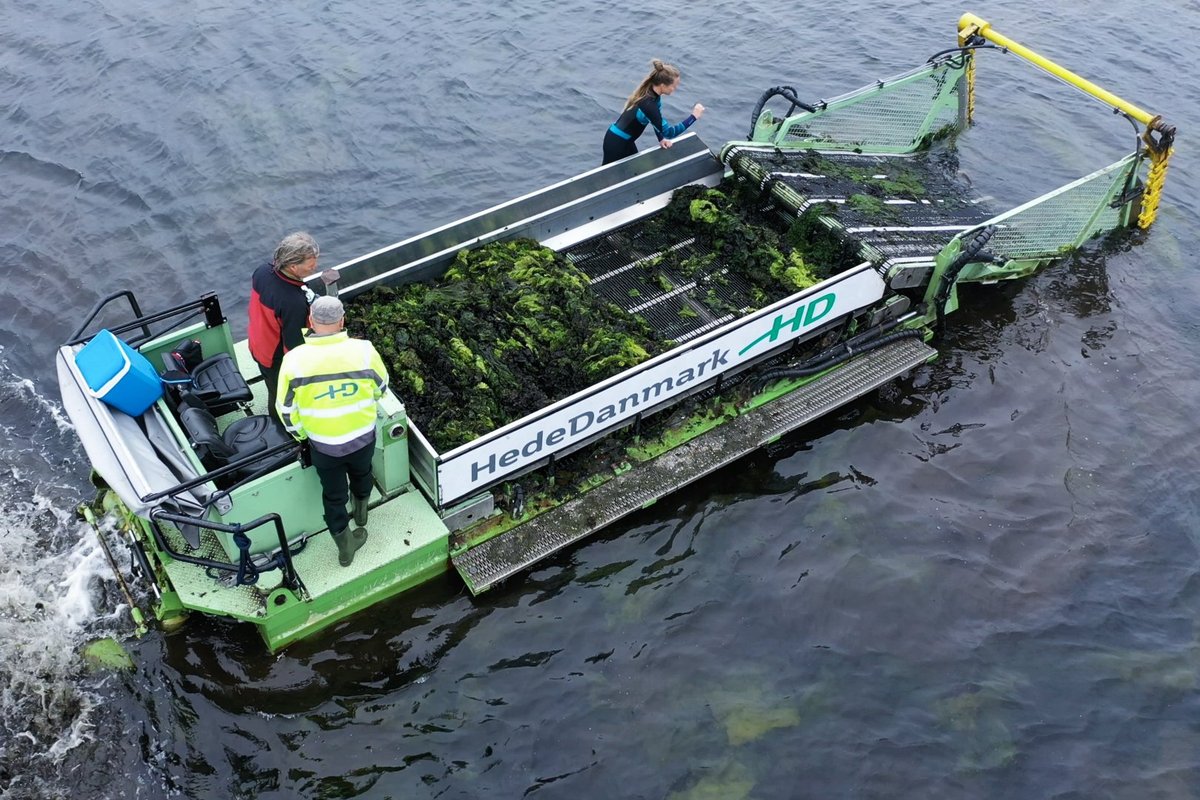Goal: Utilising blue biomass for a sustainable future
While research in green biomass has a strong foothold, the use of marine (or blue) biomass is in many aspects still in its infancy. Blue biomass is here defined to all sorts of marine biomass which is not quota fisheries or fish aquaculture.
The oceans have huge potentials in the form of underutilized blue biomass, in particular low trophic organisms such as macroalgae (seaweed) and mussels, which can be used for food, feed and high value products. The utilisation of blue biomass is a good example of circular bioeconomy because nutrients emitted from land are absorbed by the marine biomass and recycled in the terrestrial food chain when we harvest and use the biomass. Since blue biomass production allow us to capture and re-use nutrients from the marine environment, cultivation and harvesting of blue biomass can also be a future tool for improving environmental conditions in coastal waters.


The challenge lies first and foremost in scaling up and commercialising the production of blue biomass and ensuring its competitiveness by developing the necessary sustainable technology for cultivation, management and use.
CBIO is an international leader in the research area ”Production and management of marine biomasse” – especially with regard to research in creating profitable and environmentally efficient production of marine biomass on an industrial scale.
Our research concentrates on the following themes:
Upscaling the cultivation and harvest of macroalgae
We carry out research in innovative cultivation and harvesting technologies based on coastal, off-shore and land-based systems for production of macroalgae.
The focus is on improving the biomass yield and quality primarily by optimising environmental parameters during growth, but also via breeding.
Ecosystem services
Seaweeds and mussels take up nutrients and CO2 as they grow, and may in that respect serve as a tool for capturing and utilizing man-made emissions. One of the most important research tasks regarding marine biomass is to determine the environmental effects of cultivating and harvesting the biomass on an industrial scale across a range of exposure, salinity and nutrient loads.
Modelling of marine ecosystems
Use of 3D dynamic models to investigate and predict future changes in ecosystem structures as consequence of press factors. This includes modelling and prediction of the yields and environmental effects of production of mussels and seaweeds in coastal and off-shore systems for marine management, including Multi-use scenarios in marine wind farms.
Use for food, feed and high value products
Blue biomass has an underexplored potential for use. At CBIO we work with its use for food, feed, plant biostimulants, and biorefinery based on AU’s unique platforms for pre-treatment and biorefinery.
Read also: Tang til fødevarer, foder og et bedre havmiljø i Danmark (only in Danish)
Read also: Tang skal dyrkes som råvare (only in Danish)